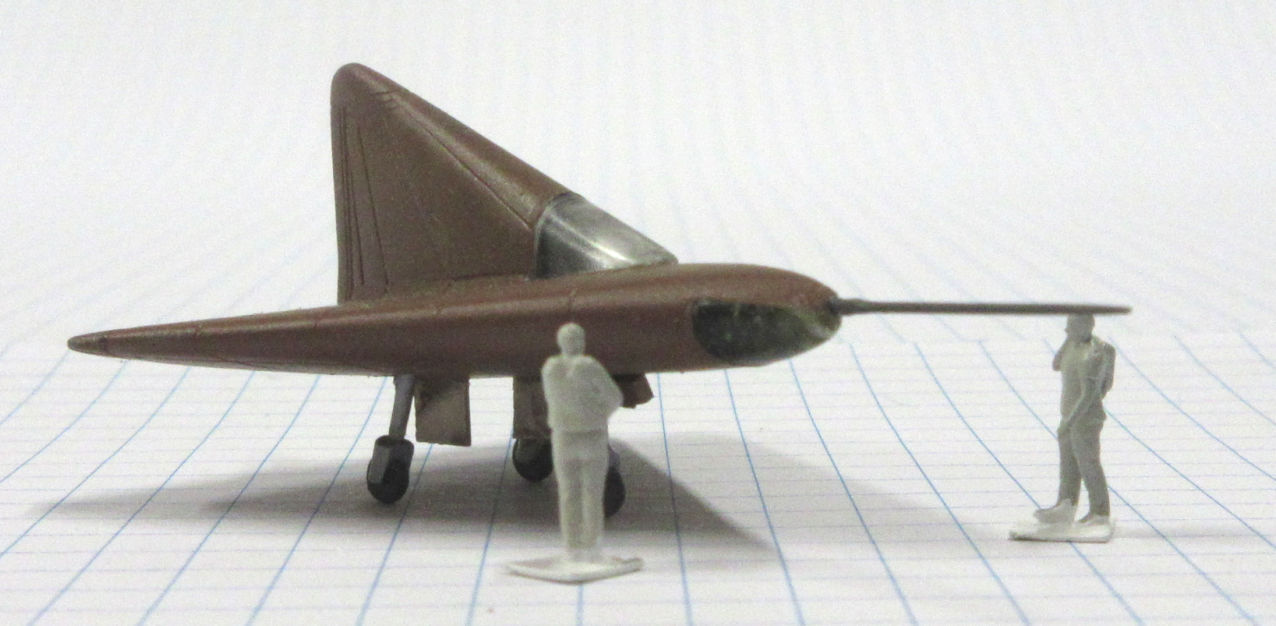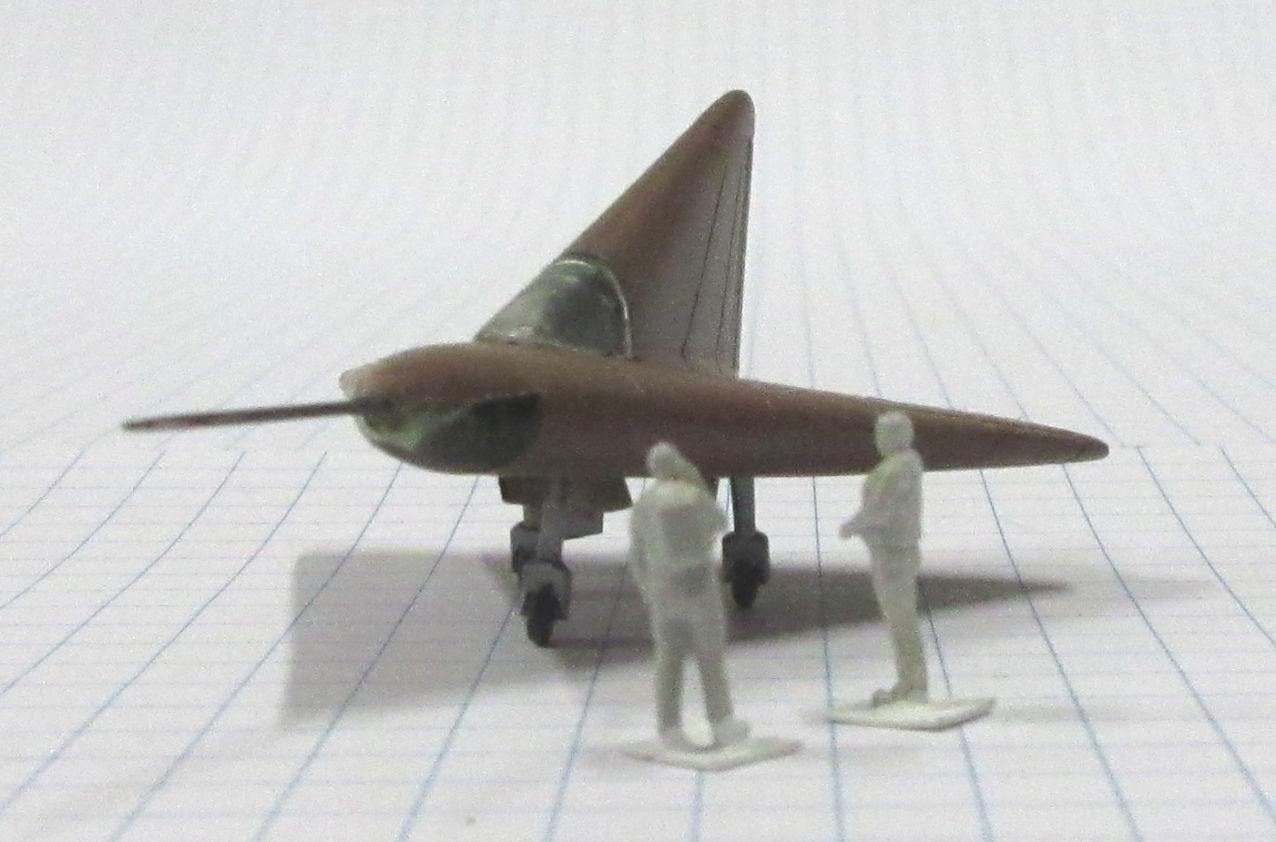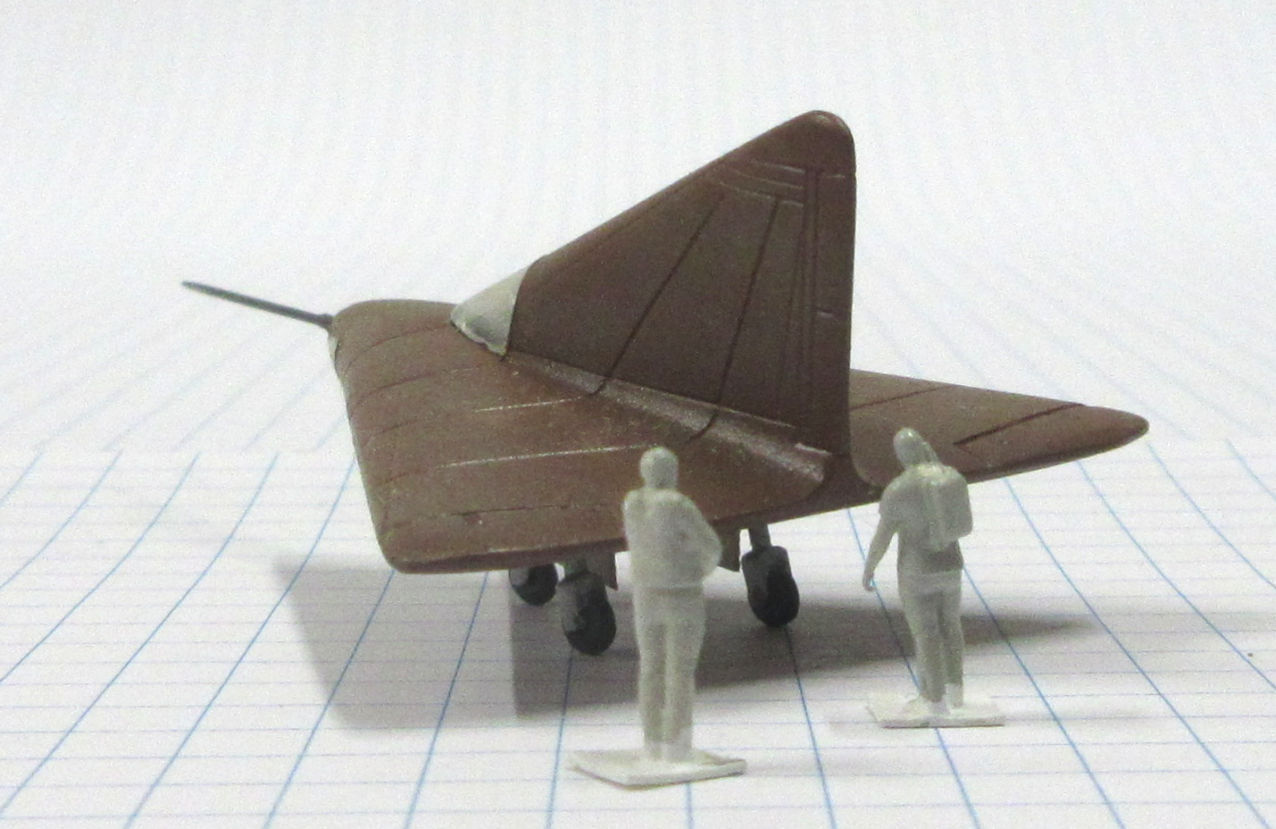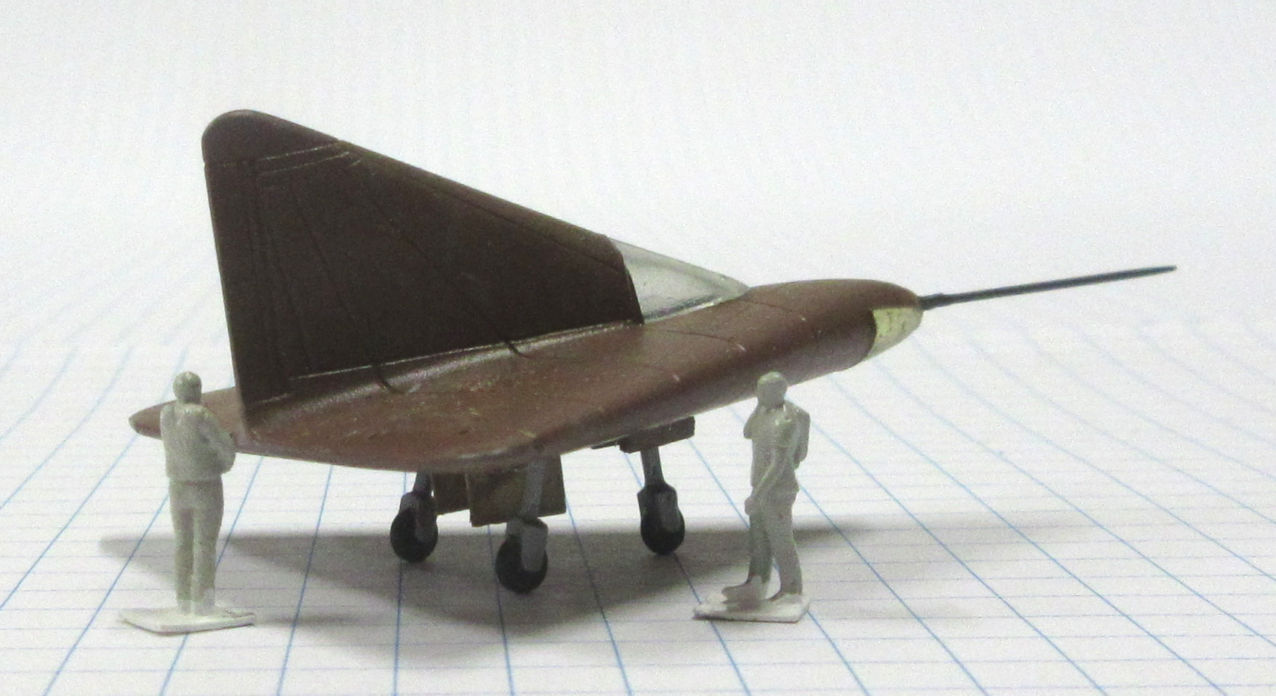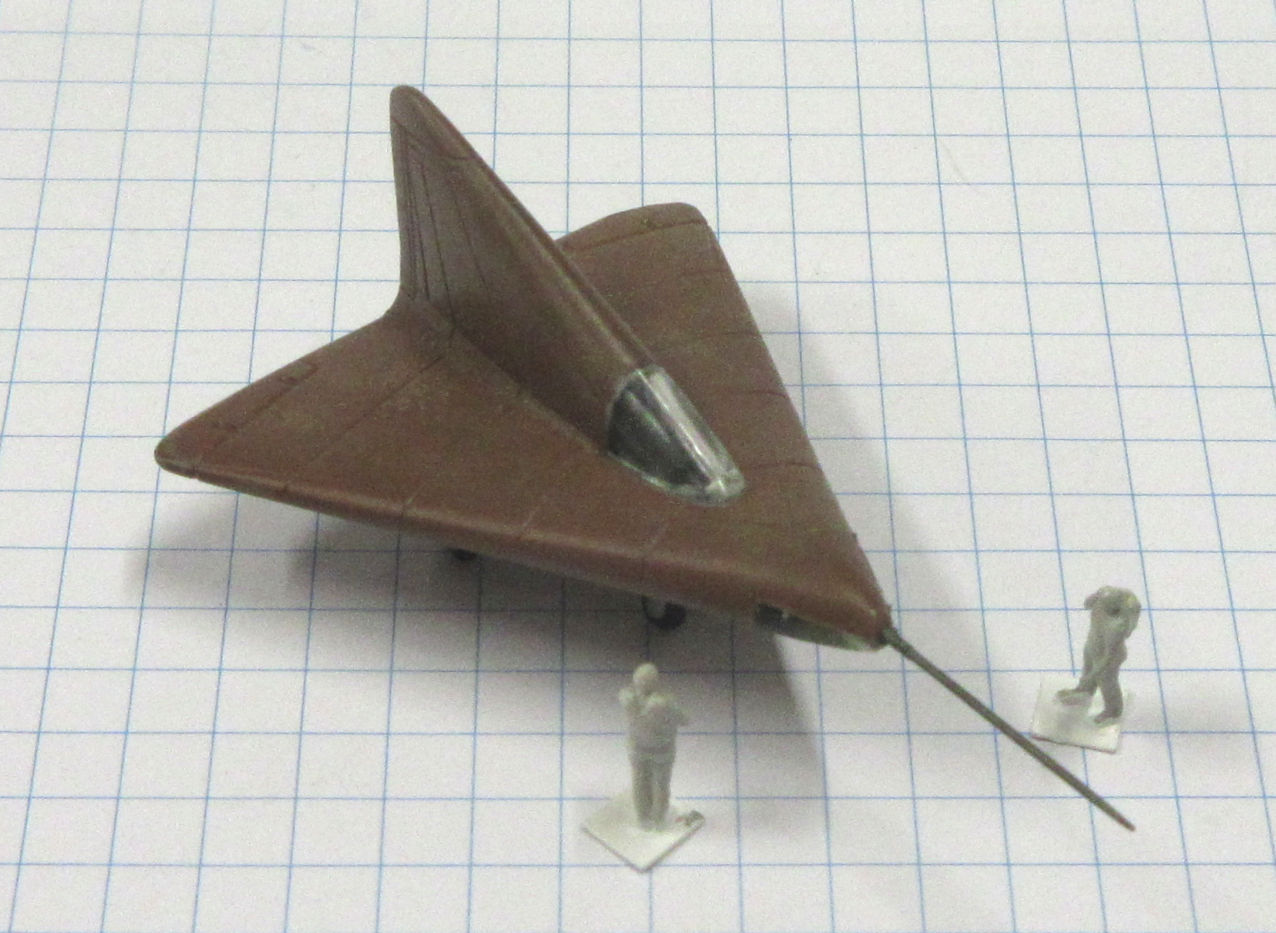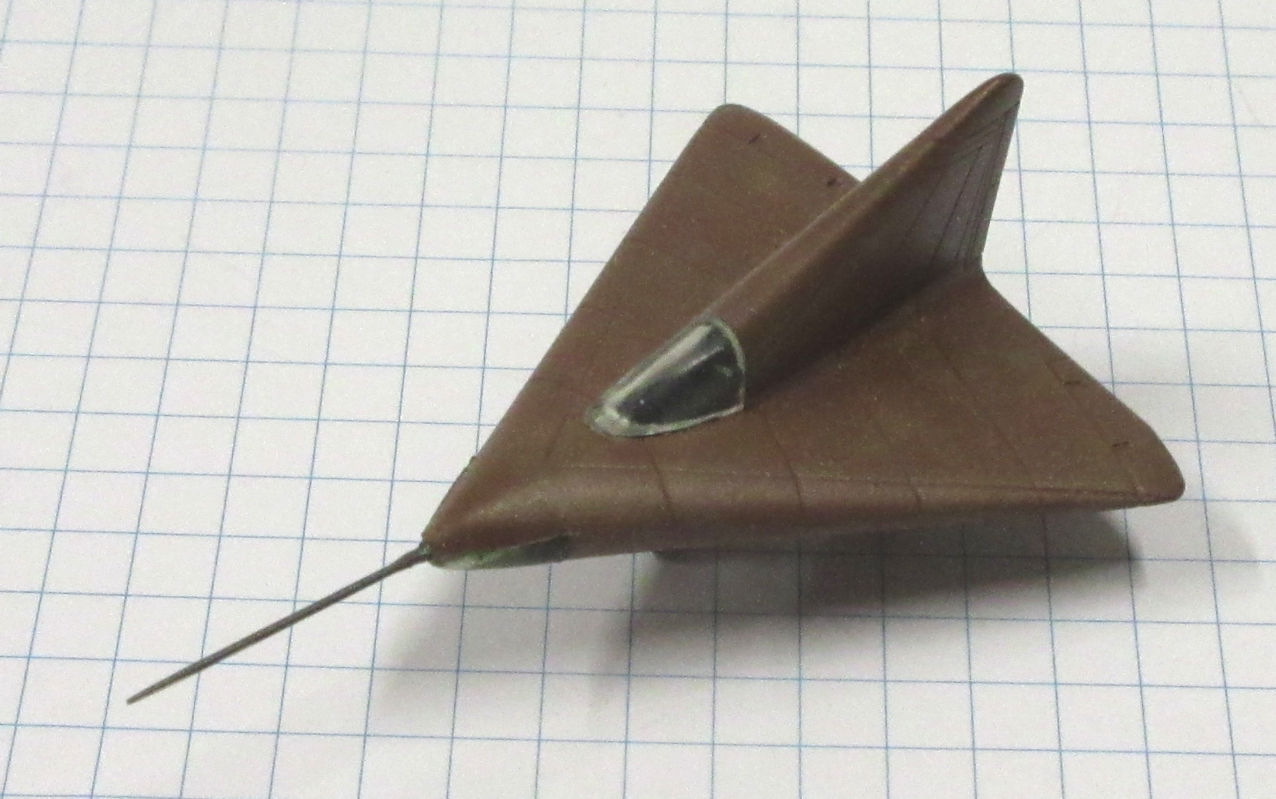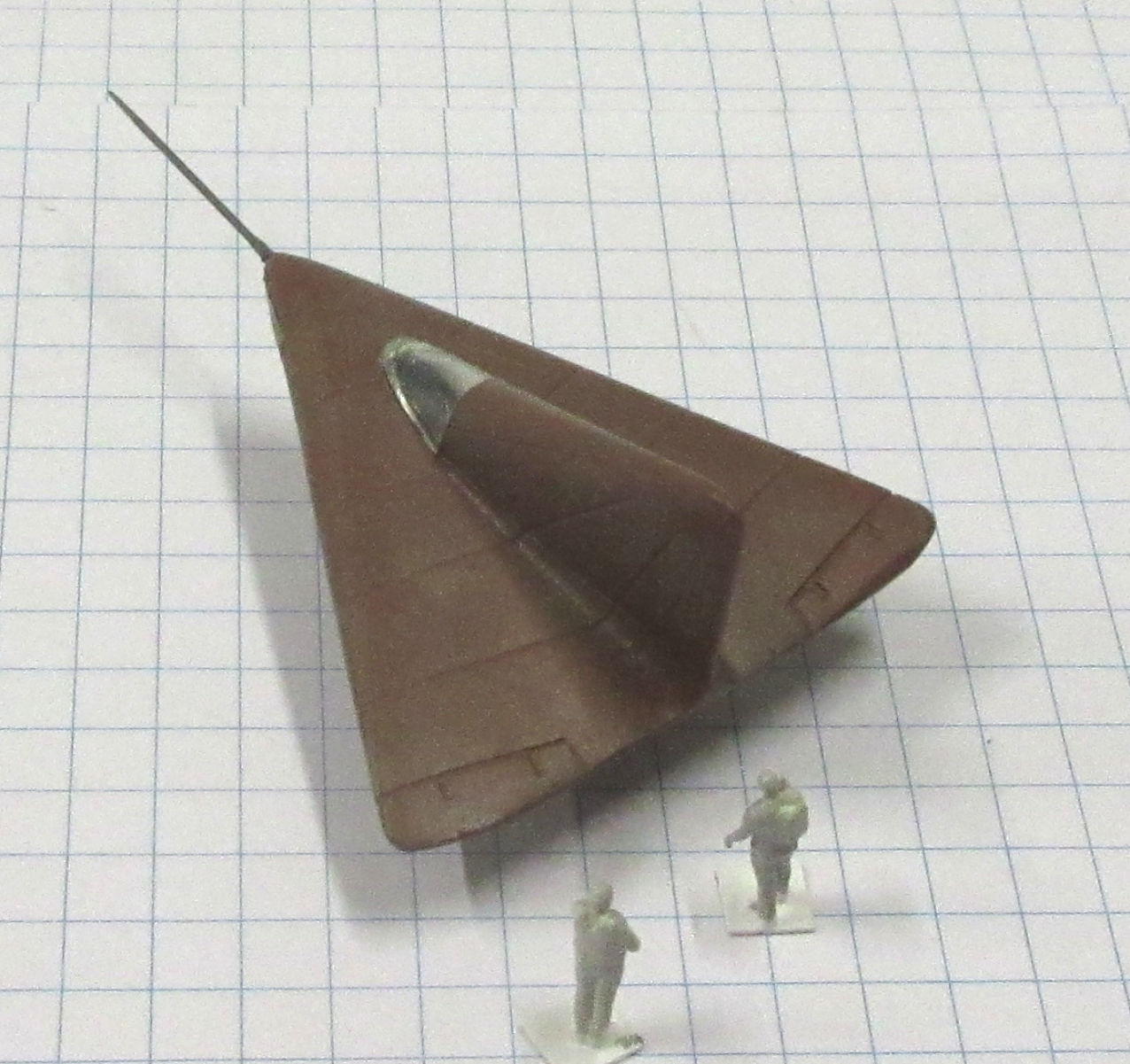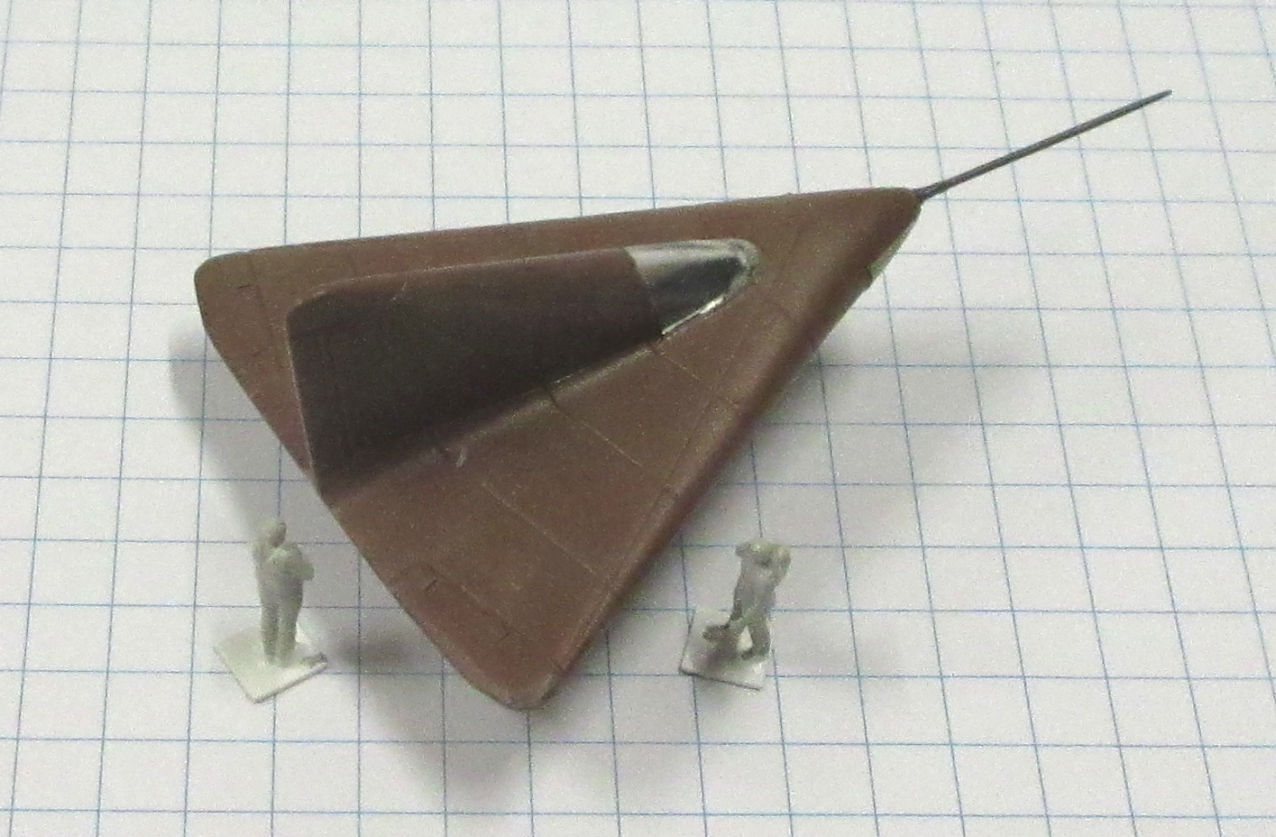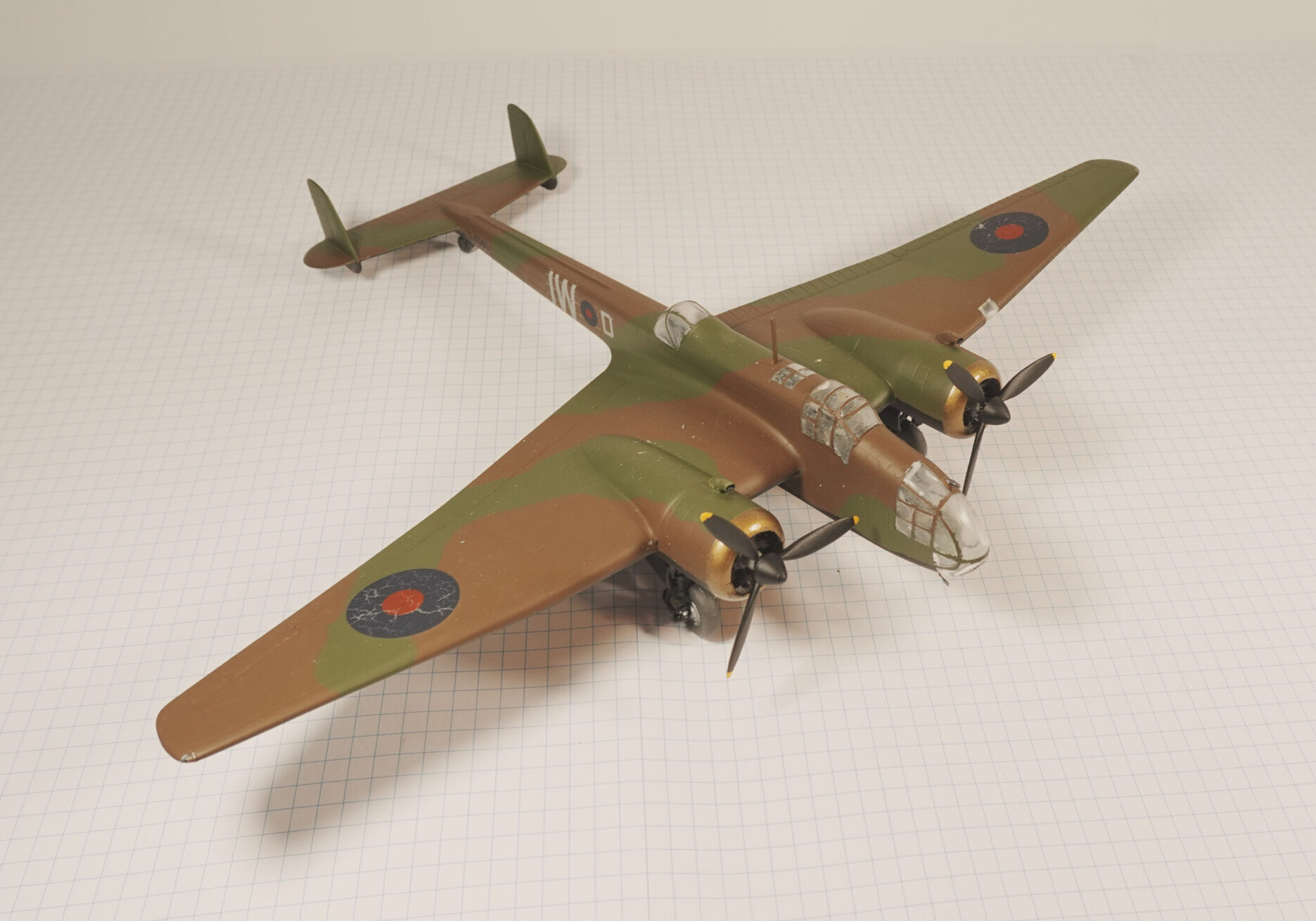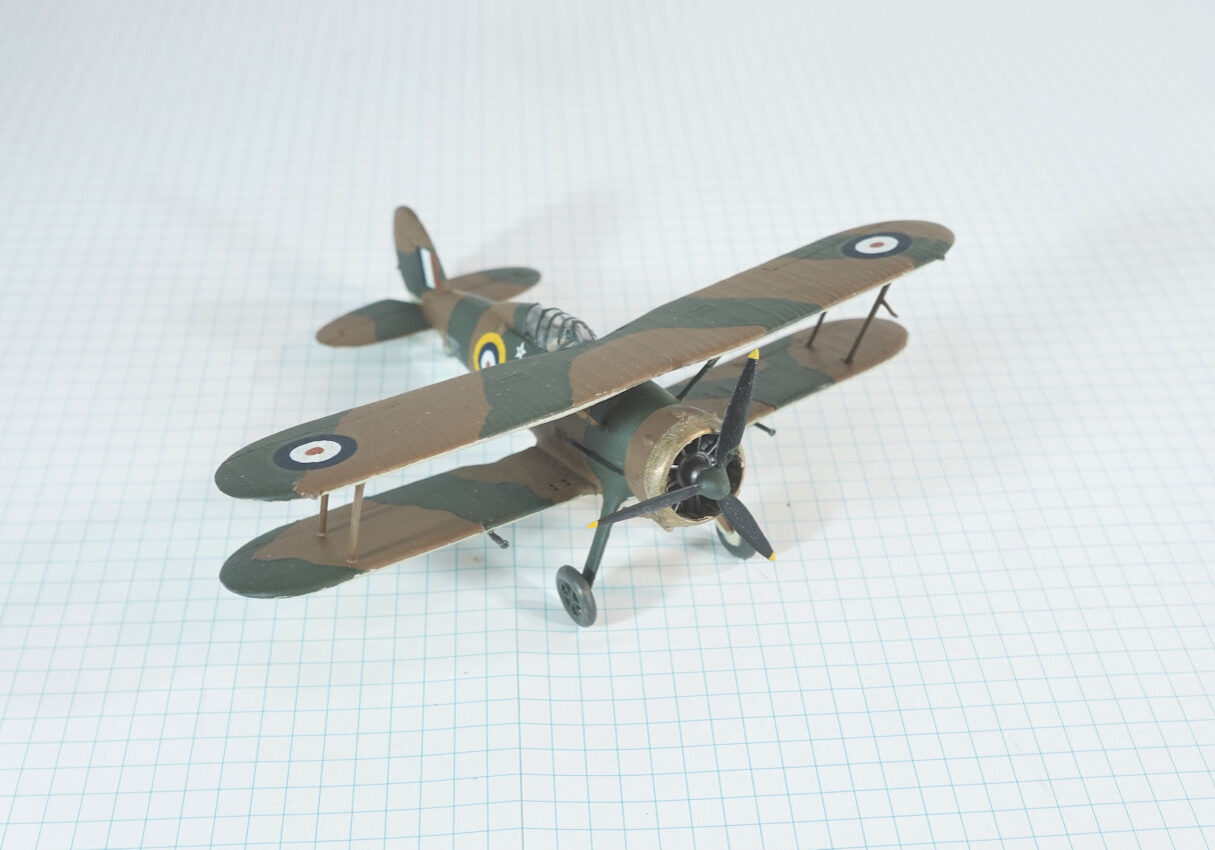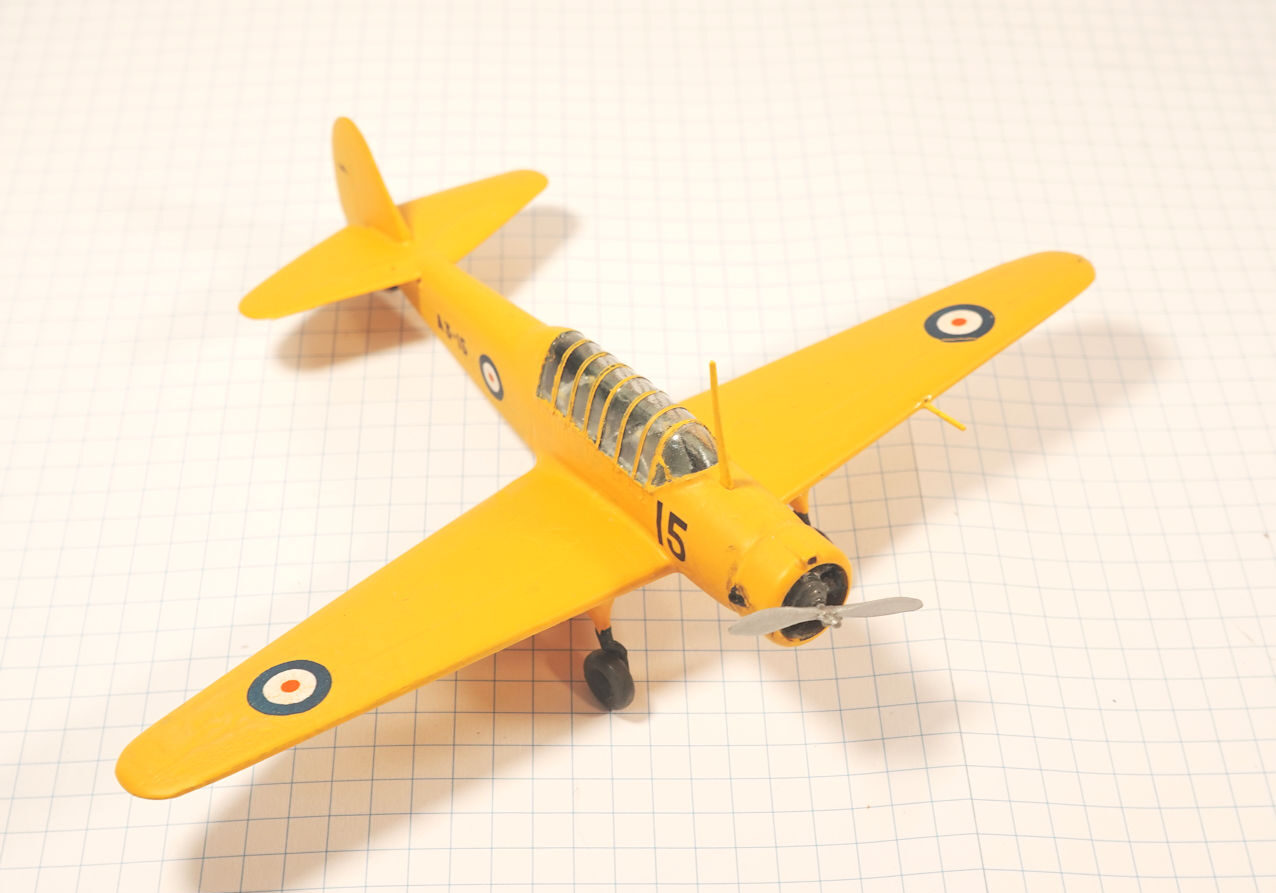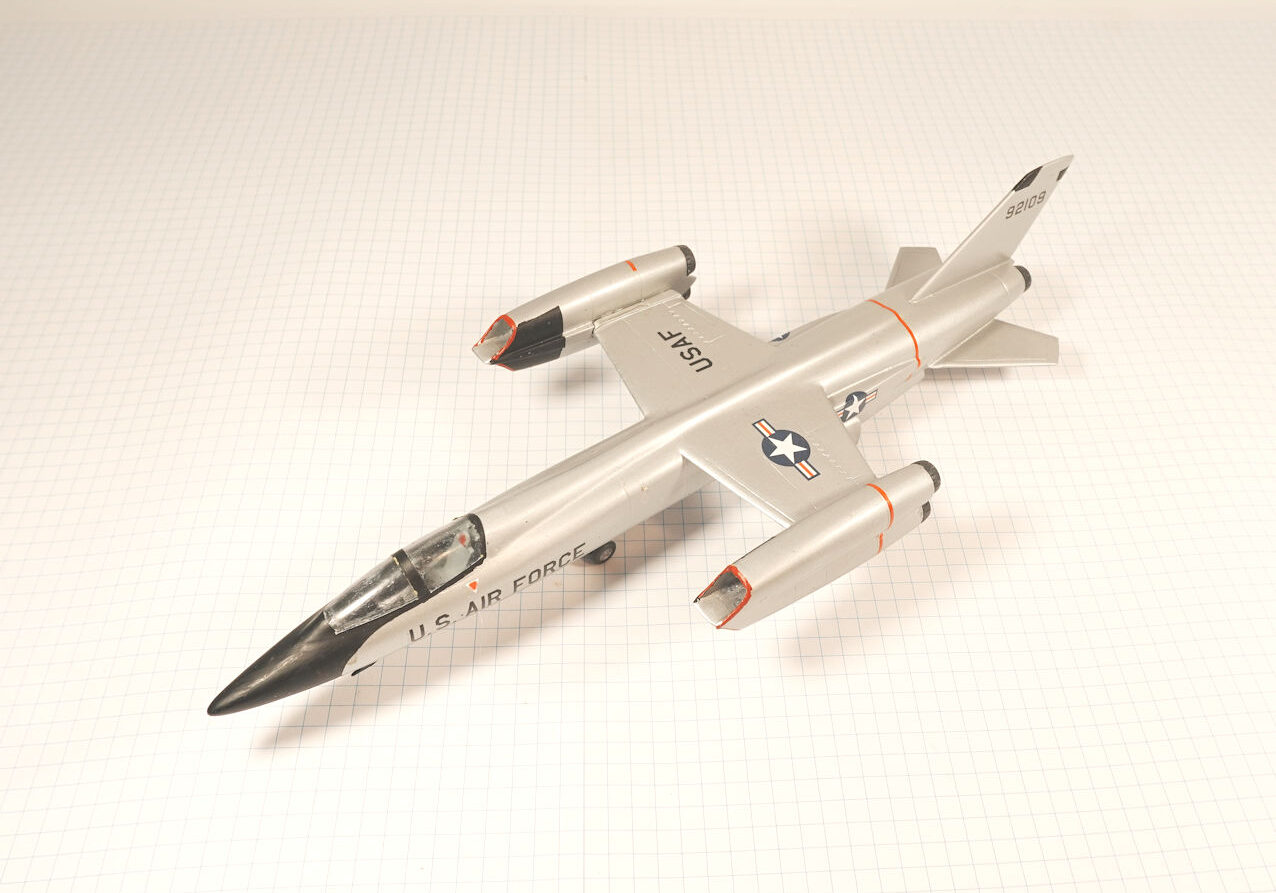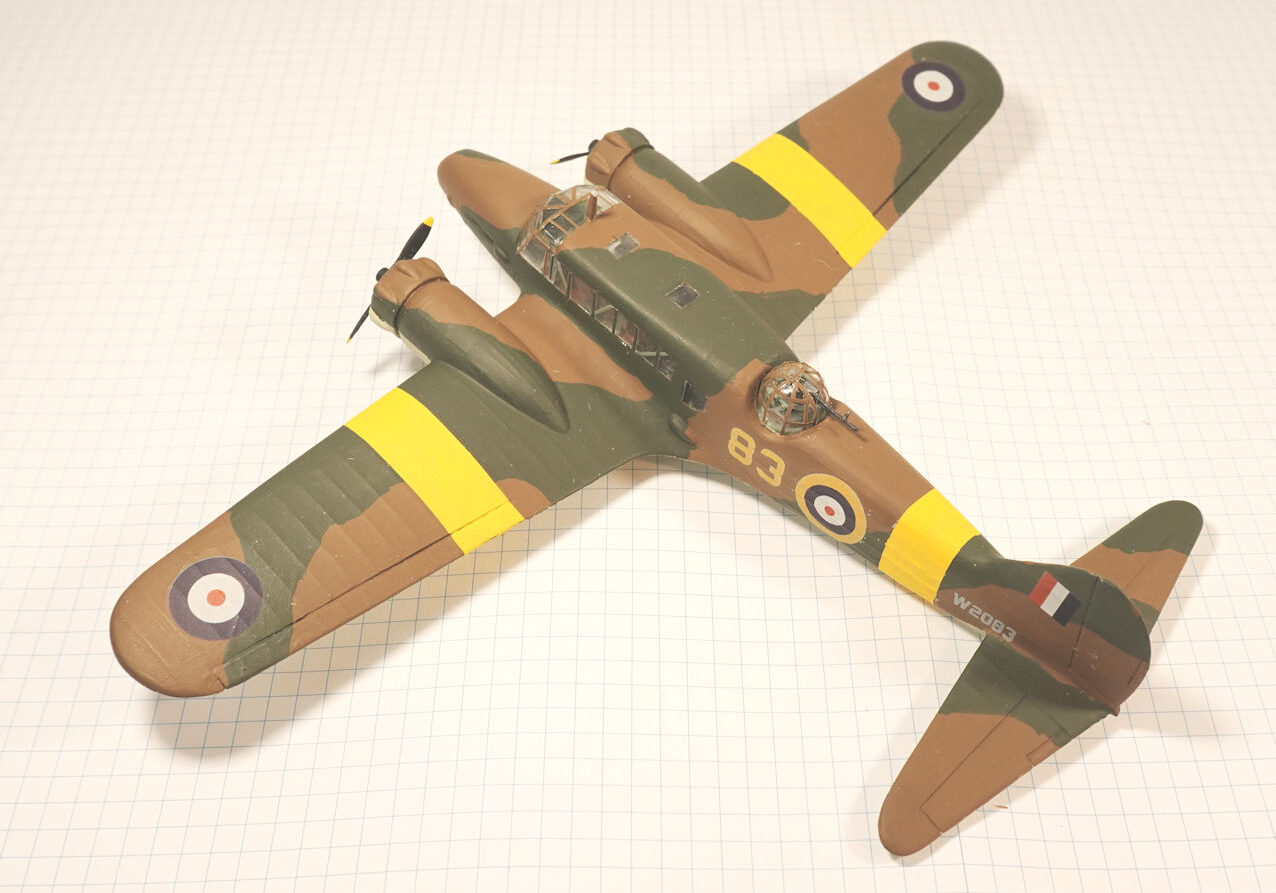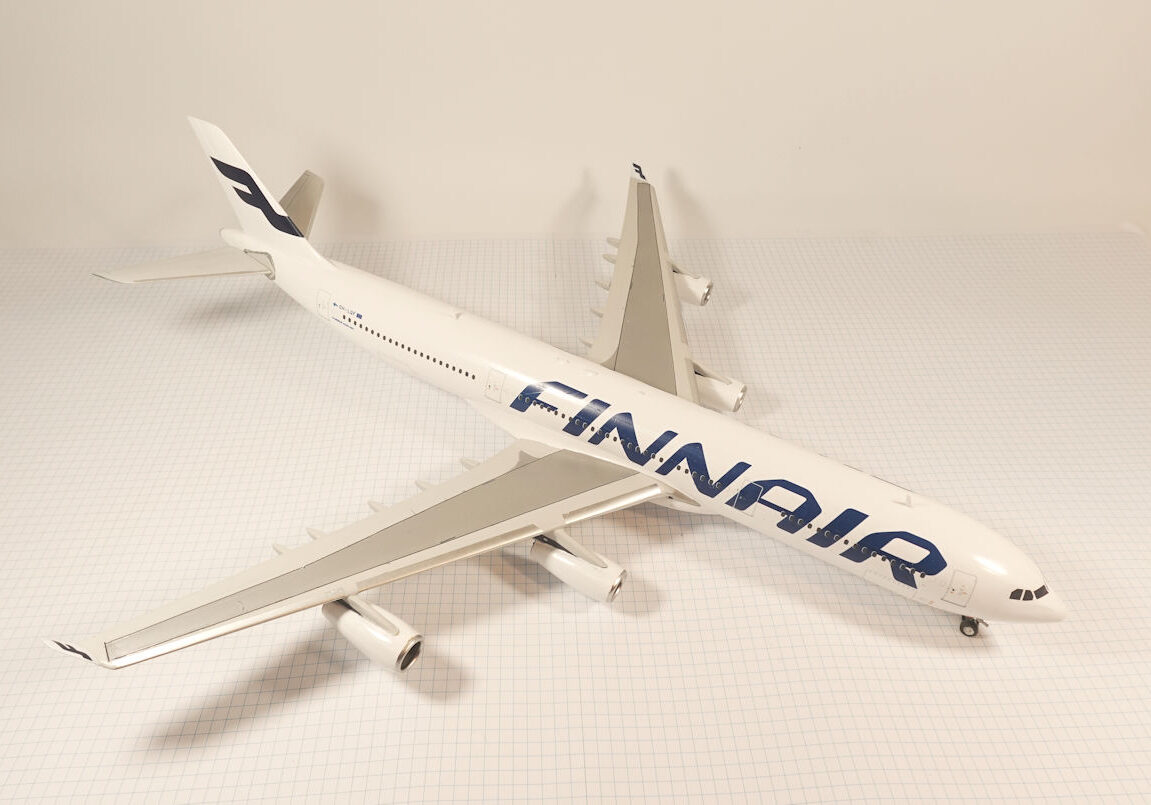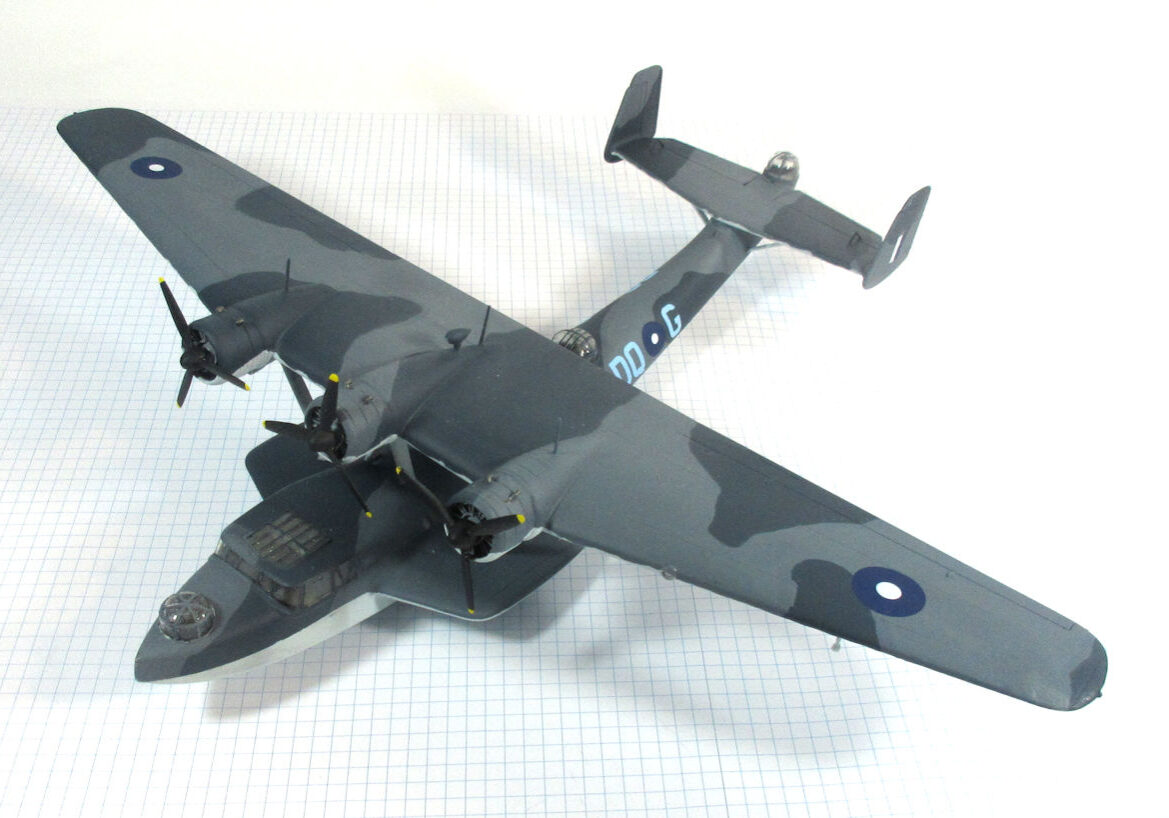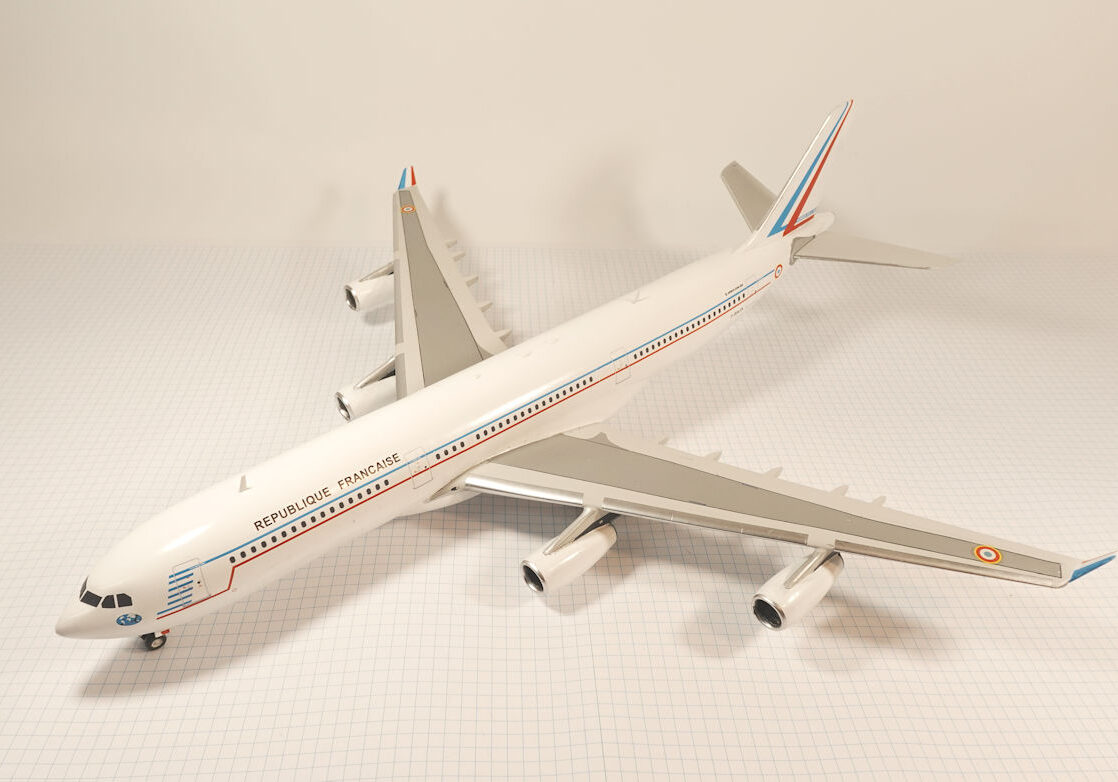History
The Lippisch DM-1 was a glider built to test the design of a proposed point defence fighter in Germany during World War II. After the war it was taken to the Unites States where it was tested before being sent to a museum.
The Lippisch DM-1 was constructed as a proof of concept glider for a proposed ramjet powered point-defence fighter in Germany during World War II.
Although the designer, Alexander Lippisch had lost interest in the project he was persuaded to continue with it because he knew the war had been lost by 1944 and continuing it gave students vital war work so they would not be conscripted.
It was constructed from steel tubing, plywood and bakelite impregnated plywood.
After the war construction continued under American supervision and the completed DM-1 was taken to the United States where it was tested in a wind tunnel.
This led to the development of vortex lift theory which is now used by many high performance aircraft.
After testing it was transferred to the ownership of the National Air and Space Museum
This model represents the only Lippisch DM-1 in about 1946.
Anigrand 1/144 kit completed by Leigh Edmonds in November 2021.
